It is often said that the first motor race was held when the second car was built, and although this is probably a bit exaggerated, it is true that the race is almost as old as the car itself. Since the Benz Patent Motorbag from 1885, people have been caught by the thrill to quickly go to four bikes. Even today, motorsports seem as popular as always and are available in many exciting shapes and formats. One of them is the classic rally that we recently found out with Union Glashütte in the flowing mountains of Luxembourg!

 A rainbow of classic cars in the parking lot – Arturo Rivas.
A rainbow of classic cars in the parking lot – Arturo Rivas.
To be honest, I didn't know what to expect to advance such an event myself. Thanks to the Union Glashütte, I do now and I can honestly say that it was one of the most exciting things I did in a car. Although it was mainly carried out on public roads and an instruction was particularly clear: stick to the law! Of course, the participating cars were pushed to where they could, and we even had a shoot about a Goodyear test track, but the speed boundaries and the road safety standards were highly valued. And rightly so!
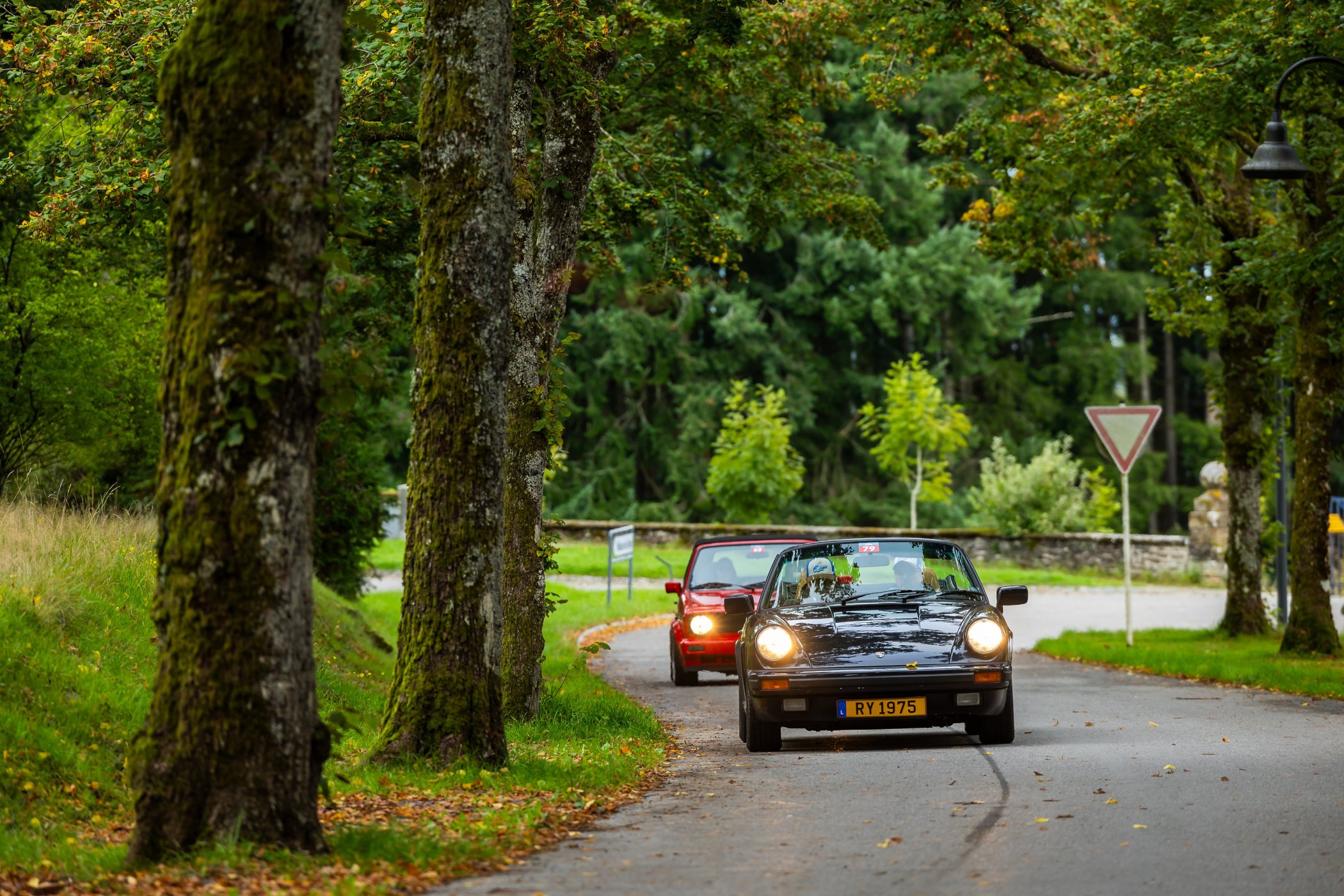
 A 1989 Porsche 911, which is persecuted by a 1991 Volkswagen Golf 1 Cabrio – Arturo Rivas.
A 1989 Porsche 911, which is persecuted by a 1991 Volkswagen Golf 1 Cabrio – Arturo Rivas.
Experience the Luxembourg classic
The Luxembourg Classic is one of Motorpresse's annual events, a leading German publication house that focuses on classic cars. It is also the team that has had some of the most productive classic cars in Europe like The Saxony Classic, The Silvretta Classic and the Germany Classic. And if these names happen to be familiar with a consideration, everyone is sponsored by Union Glashütte, the Saxon brand with love for vintage cars!
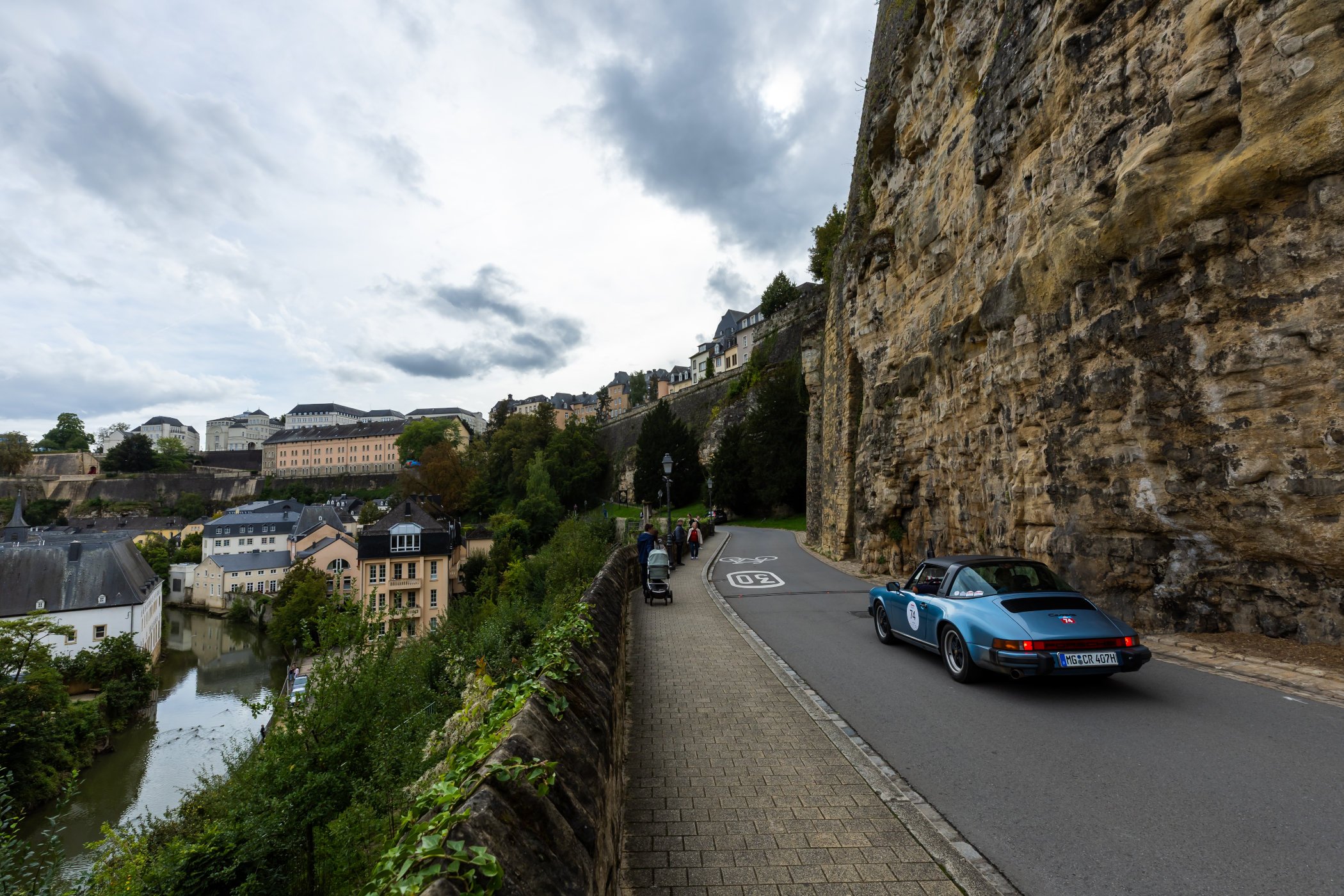
 1986 Porsche 911 Targa – Arturo Rivas
1986 Porsche 911 Targa – Arturo Rivas
Kobin and I traveled to Luxembourg for the event and were informed that we could enjoy a Porsche 911 Carrera 2.7 from 1974 for two days (but later more). On arrival we had to register, pick up the street books and all the forms that we needed, as well as our racing number 70. The car then had to be checked at certain key areas, and we were ready for taking over the driver. And since this was our first time, it took some time to learn the advantages and disadvantages!
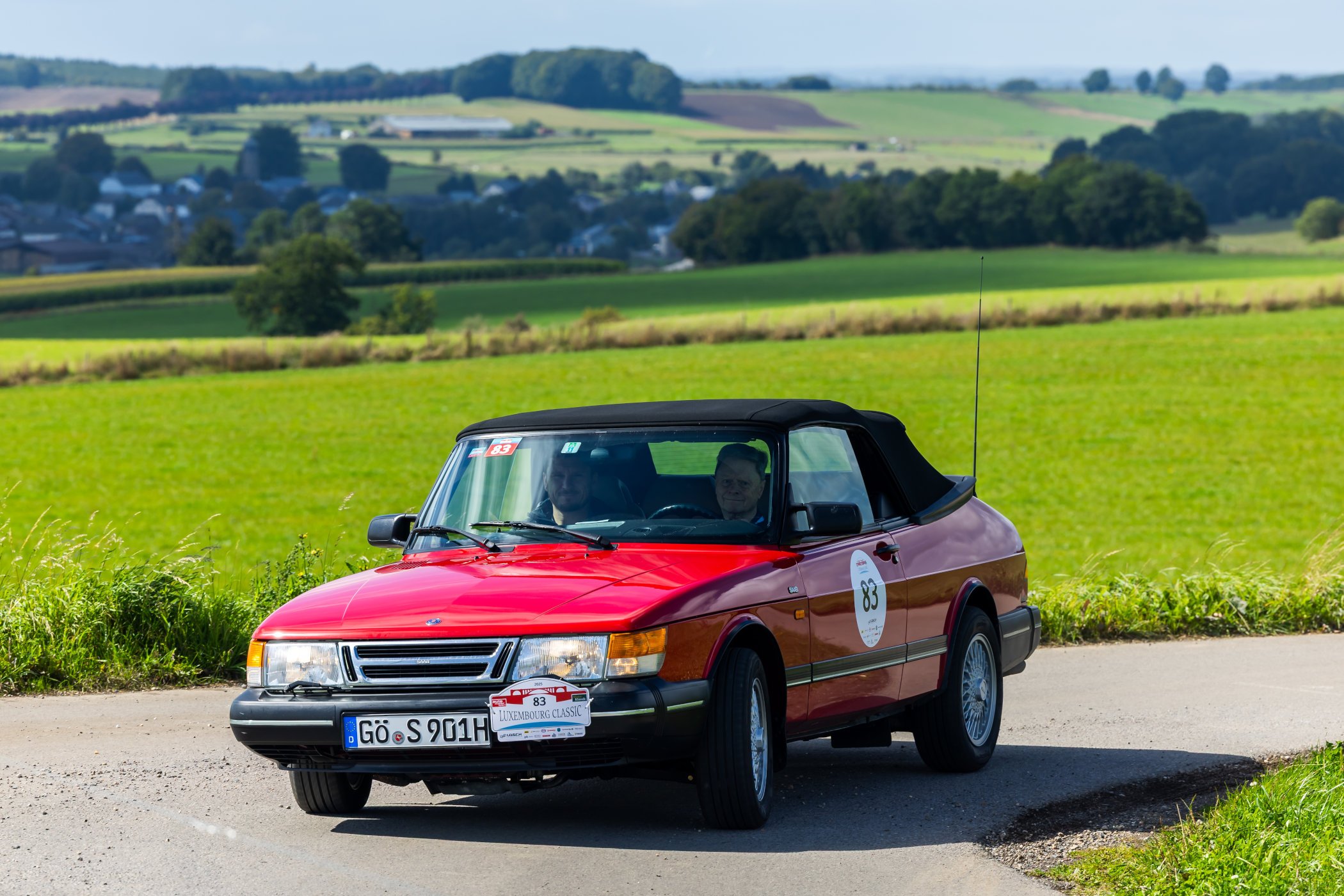
 In 1990 he received 900 I – Arturo Rivas.
In 1990 he received 900 I – Arturo Rivas.


1967 Mercedes-Benz Cabrio Arturo Rivas.


1966 Alfa Romeo 2600 SZ – Arturo Rivas.
You see such a rally is carried out on open streets so that you have to fit in with regular traffic. In order to give the event a competitive advantage, they had to navigate with instructions for distances and buildings with instructions and duration with instructions for distances, key objects and buildings, basic directions and duration. Think of things like “In 210 m slightly left in the church and then immediately right over the bridge”. Then there are also time -controlled challenges in closed road sections in which we had to cover a certain distance in a defined time limit. And to make things even more interesting (or worse), there were even combined challenges, in which two or even three overlapping routes had to be navigated with a certain period.
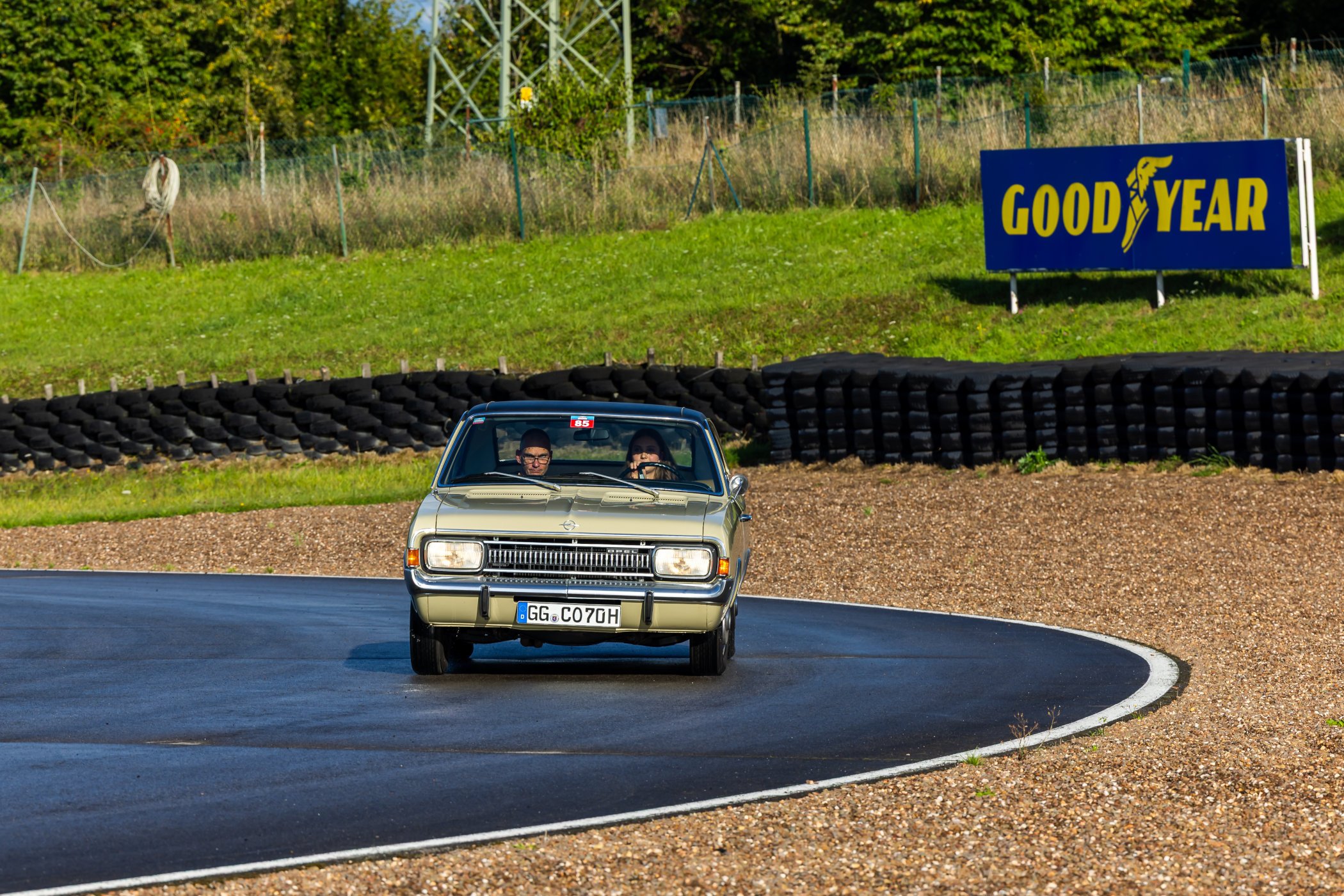
 1970 Opel Commodore Coupé – Arturo Rivas.
1970 Opel Commodore Coupé – Arturo Rivas.
All of this sounded quite complex, but things made sense on day 1 when we put the street on the street. We quickly have the shoot to the navigation method and we even achieved some surprising results during the challenges! Our best was the 15th overall and 7th in class and the worst … Well, don't let us talk too much about it. All in all, it is a wonderful way to spend two days on some of the most scenic streets on which I have ever driven, with a wonderful amount of people in fantastic cars. Everything they could imagine was there, from a whole series of Porsches to an original Shelby Cobra 427 and from a VW Golf 1 convertible to several e-types and Bentleys before the war. And I particularly noticed a car, a striking blue Intermeccan Indra from 1972. I had never heard of it, and I will definitely dig into the dug in the picture above!).
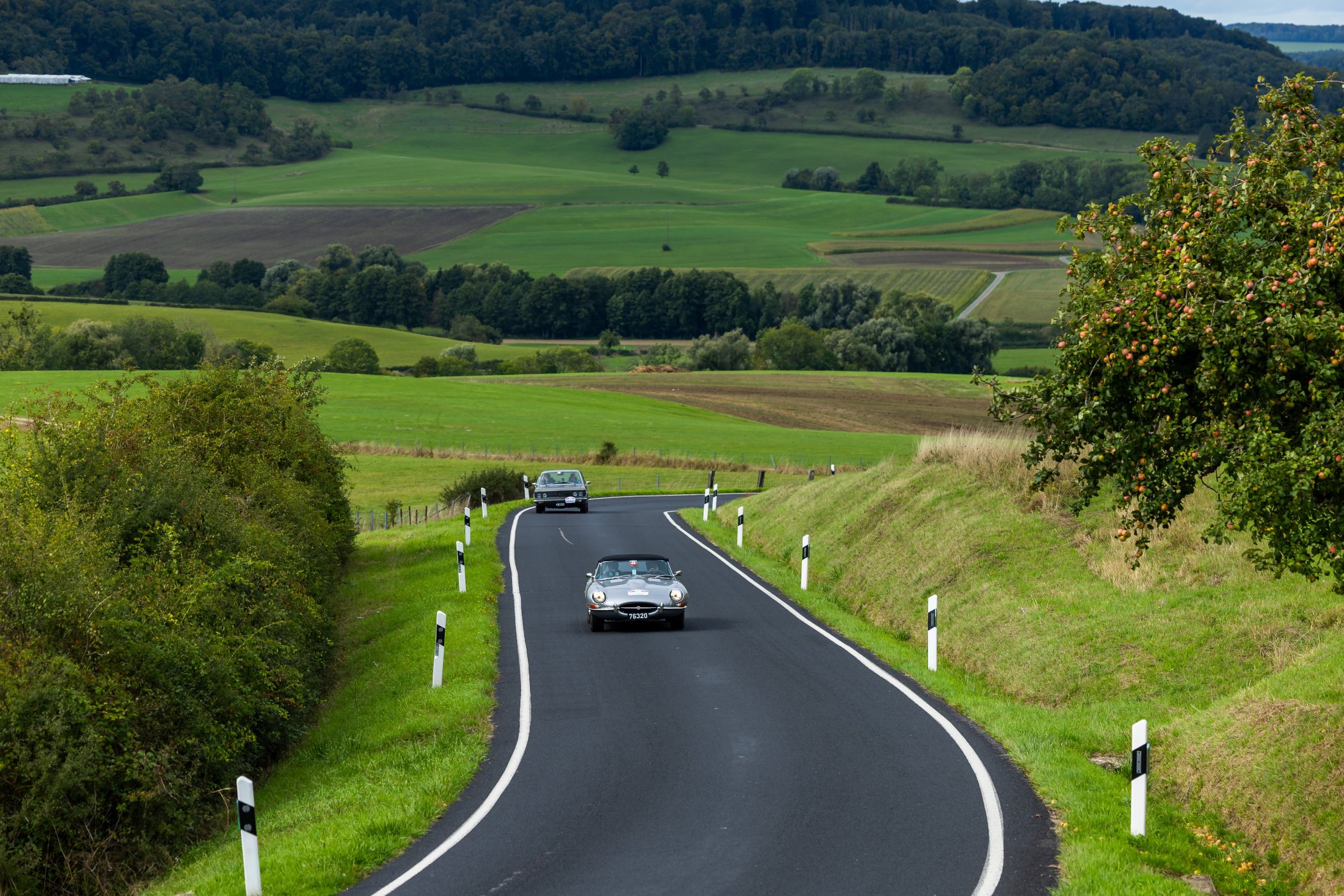
 1967 Jaguar E-Type is followed by a 1969 Fiat 130 3200-Arturo Rivas.
1967 Jaguar E-Type is followed by a 1969 Fiat 130 3200-Arturo Rivas.
Dutch-orange boxer
Our “weapon of choice” was an impossible Porsche 911 Carrera 2.7 from 1974. Regular petrol -decker readers will know that I and others in our team have a deeply rooted love for 911, so this was a real highlight event for me. The bright orange car, which have been Dutch since Kobin and I have both been Dutch, was waiting for us in the parking lot of Gridx, a petrol pot that is located in Luxembourg! We have a brief overview of the car and how things work, and then it was time to take it for a short shoot and get a feeling of it.
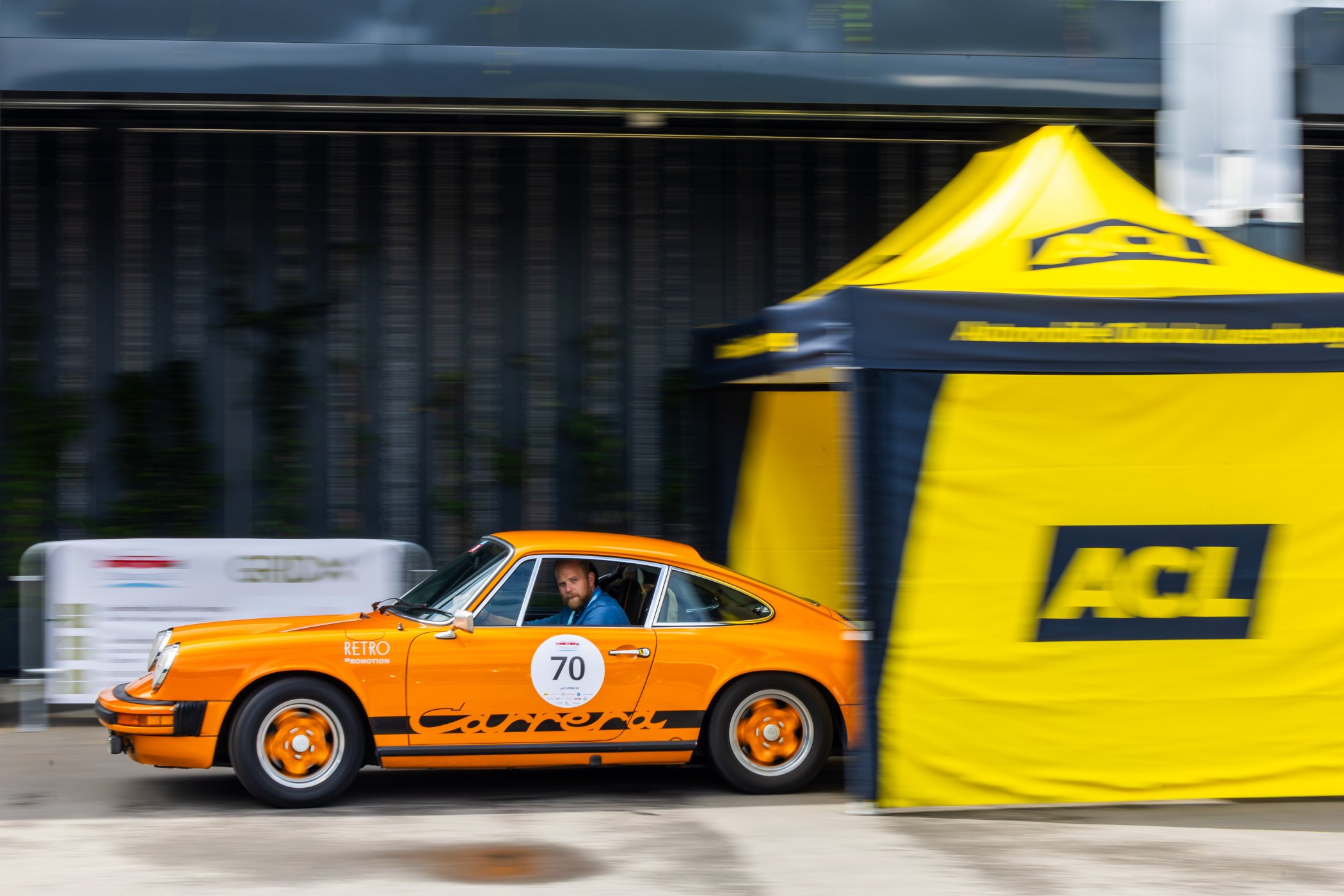
 Kind regards in the 1974 Porsche 911 Carrera 2.7 – Arturo Rivas.
Kind regards in the 1974 Porsche 911 Carrera 2.7 – Arturo Rivas.
The next morning, day 1 of the actual rally, there was one last and mandatory security meeting, and then it went until the start! The oldest cars started in a minute in a minute and then each team set off until all 98 cars were traveling. Things quickly became interesting when we left the city and almost immediately wound through the Luxembourg landscape. After we had successfully got on our way in the very beginning, we became confident that we would make it to the end.
The car was beautiful and although it only has 210 hp from the 2.7-liter 6-cylinder boxer engine in the back, it was nice to drive. The change of corridors from the first to the second was a challenge, since my leg had pushed pretty well between the steering wheel and the gear lever, but after I brought it to third gear, everything was fine. And this third equipment was nice and long, which means that you can use it pretty much three quarters of the time on the street. The sound was beautiful and scratchy and everything looked for peach colors for a long time.


1974 Alfa Romeo Giulia Super – Arturo Rivas.


1974 Alfa Romeo Giulia Super – Arturo Rivas.
This means that we reach a downhill brake/roll test, which had to be carried out in a neutral or with a cut engine. I decided to decide the latter option and we gracefully rolled down the hill to make the challenge. Below we wanted to set off again, but … nothing. At this point, the camaraderie of such an event entered high equipment when competitors stopped and asked what the problem was and whether they could help. The owner of the car, who himself drove an Alfa Romeo spider, was not too far behind us and helped us. After a short charge of the battery, our brave little 911 came back to life, and the rest of the day went smoothly like butter.
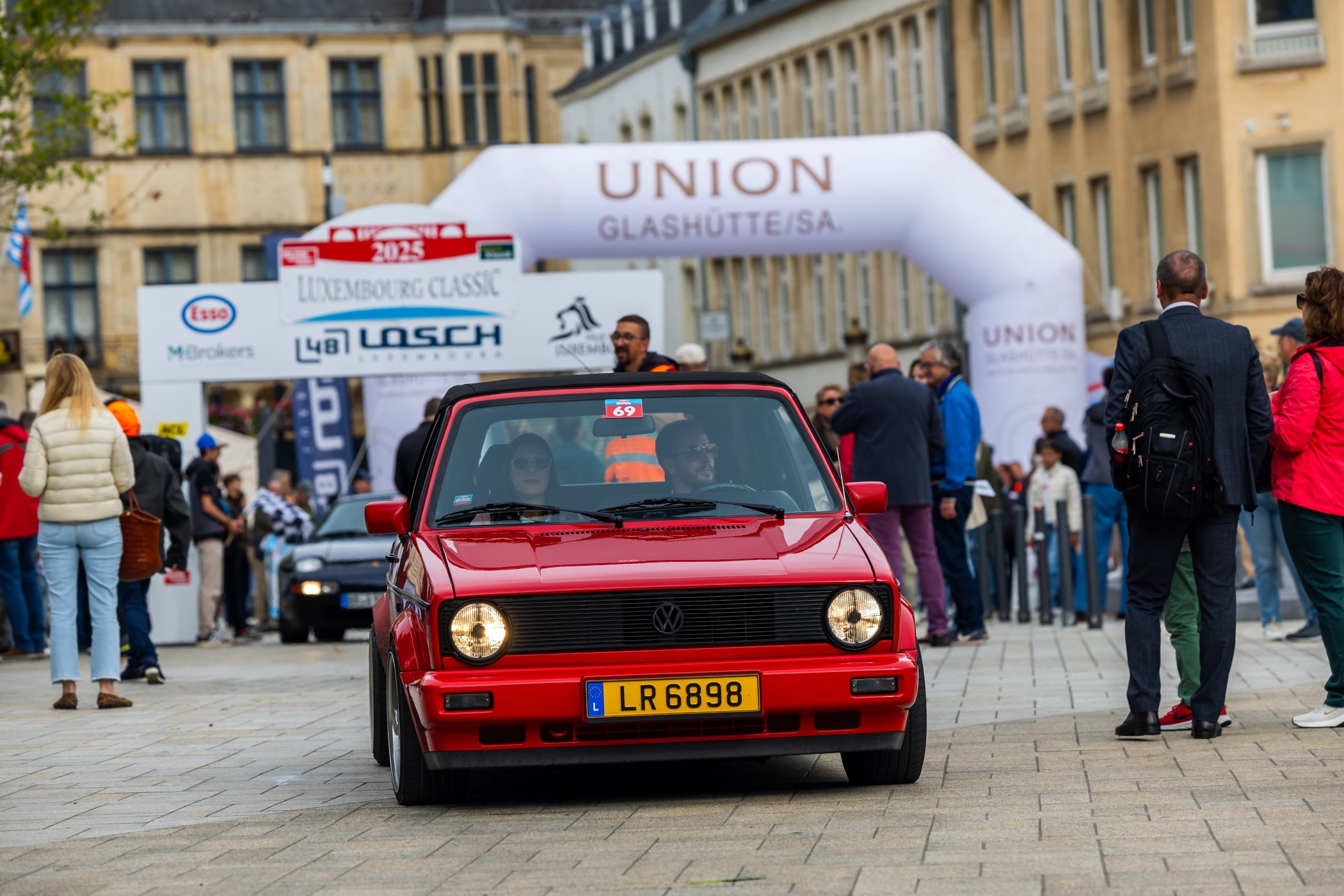
 1986 Volkswagen Golf 1 Cabrio – Arturo Rivas.
1986 Volkswagen Golf 1 Cabrio – Arturo Rivas.
In order to be on the safe side, the battery was exchanged at the end of day 1, and Day 2 started well again. We had to enjoy even more breathtaking landscapes, with the streets along rivers through gorges and old towns of endless amounts of driving pleasure. But after a short pit stop we came across the same problem. It would not start again, so it was time to call the troops again. It turned out that the alternator died so that the battery was slowly running empty. No juice does not mean sparks, and no spark does not mean driving. We got it going again, but it was said that we should not cut it off until we reached the end. Quite the challenge if you sometimes have to fallen up for lunch or stop, but we did it! We finally ended in an old place in the middle of Luxembourg City, with all other cars!
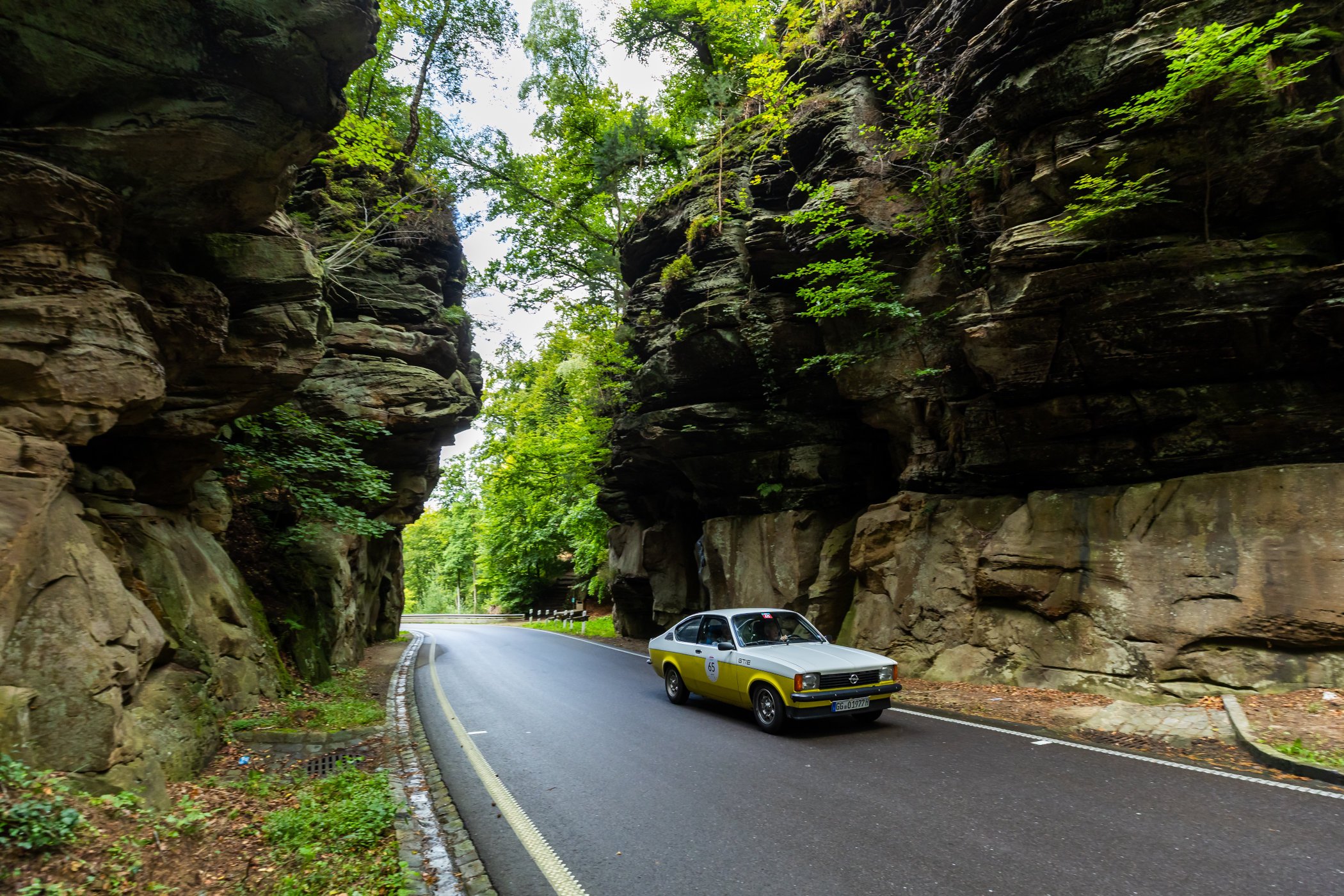
 1977 Cadet Opel GT/E – Rich Arturo.
1977 Cadet Opel GT/E – Rich Arturo.


Entry to the finish Square – Arturo Rivas.


All in all, and taking into account that our performance was more errors than hits on the various challenges, we took the 86th overall and 30th place in the classroom. It was not bad for us because this was our first time, and we hit some rather big delays due to the problems with the car. Above all, we enjoyed the devil from the 911 and Luxembourg, got to know some great people and spend time with some excellent classic cars! And what is not to be loved?
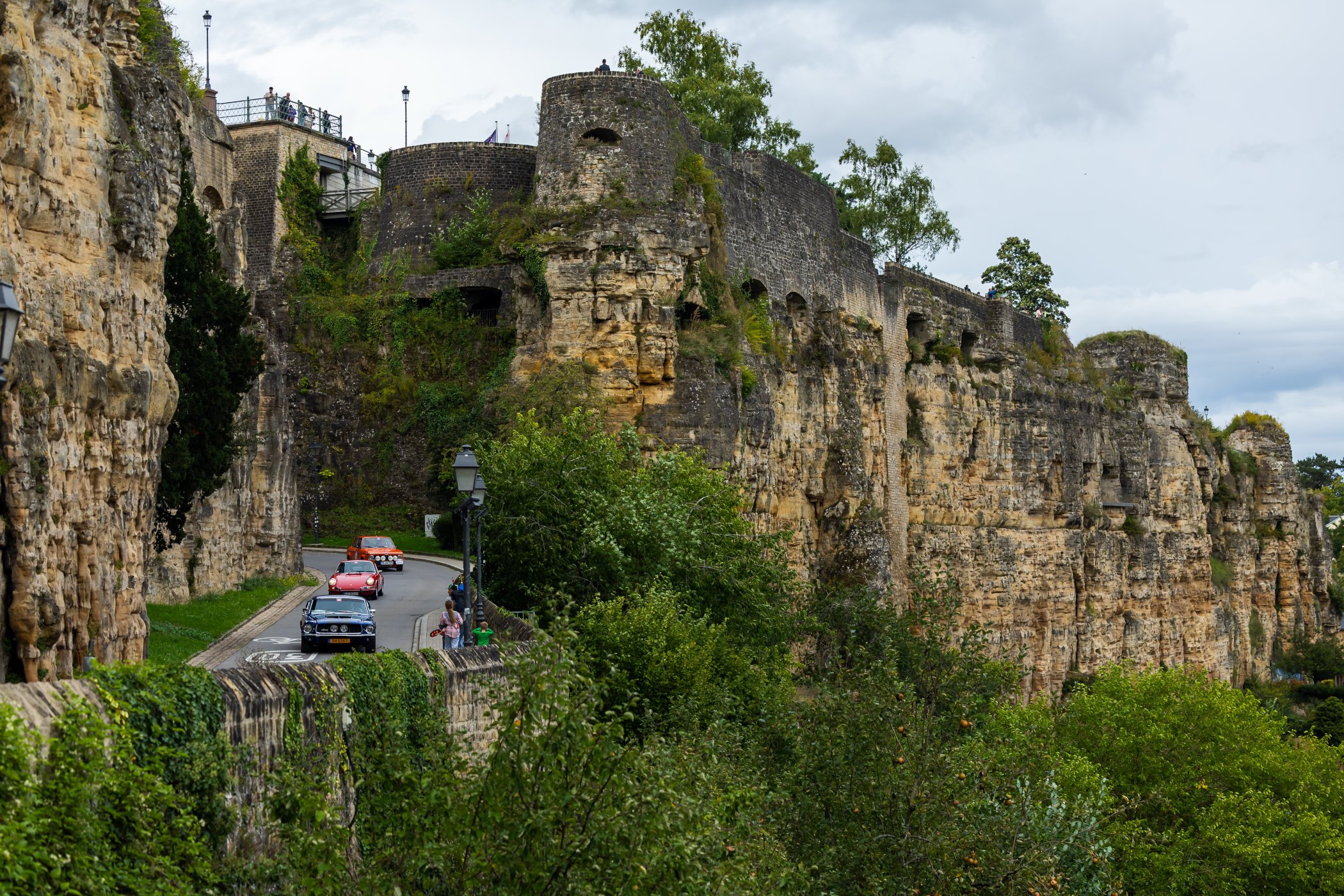

The UG connection
The clocks were also involved with watches, since Union Glastütte allowed us to take part, but also made some wrist sweetness available. We had the pleasure of enjoying the 2025 Sachs Classic edition of the Noramis Chronograph and the new 40 -MM -Belisar -chronograph. This year there is no special edition connected to the Luxembourg rally, but who knows for the next year! It is only the sixth run of the event, so it still grows from year to year, and at some point I expect it to be bound by UG at the level of the other big vintage rally events.
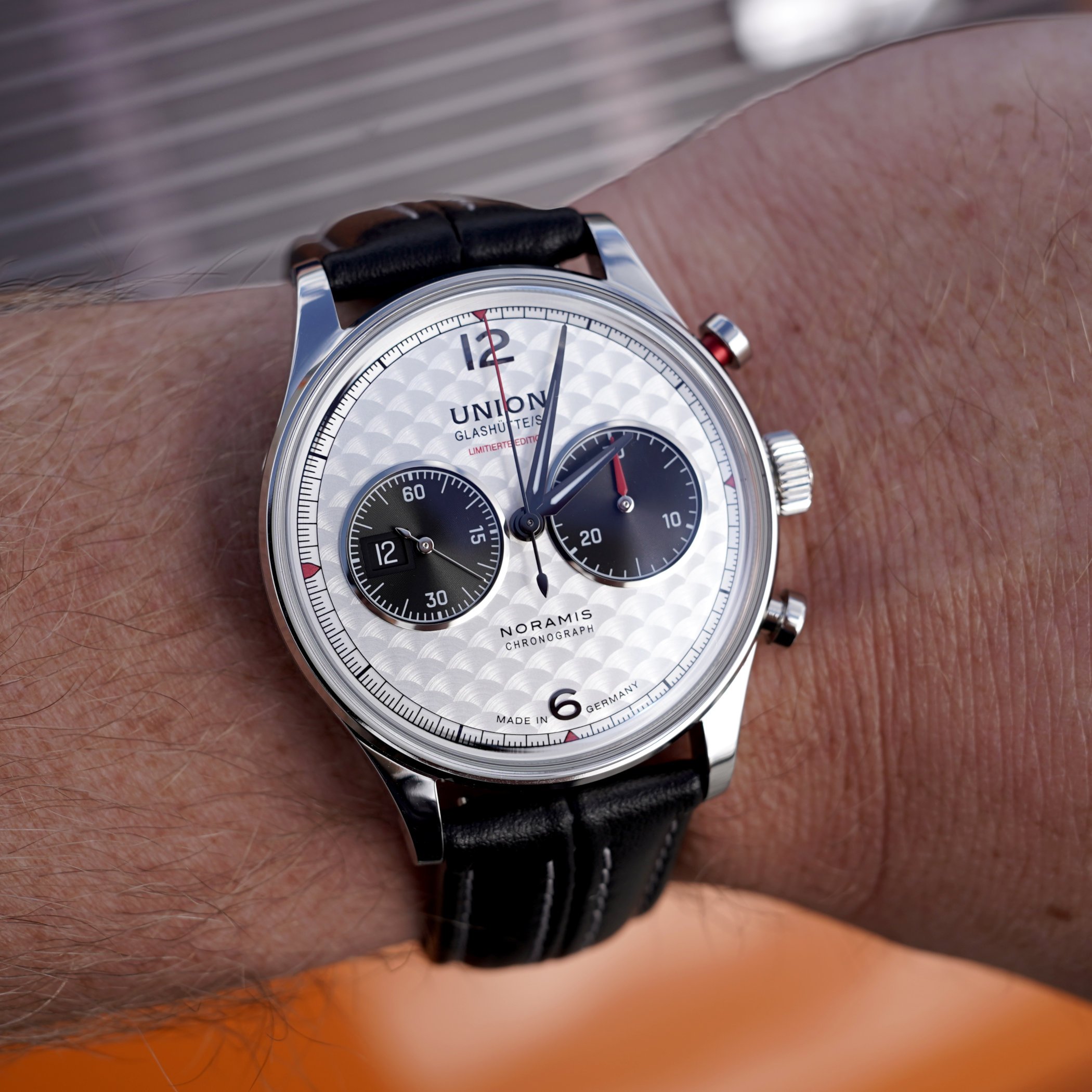

However, both watches were happy to wear, but very different in the appeal procedure. The Noramis Chronograph Limited Edition Saxony Classic 2025 was a chronograph clock inspired by Motorsports with a very clean and readable two-register dial. The silver base is ready with a peryl-like swirling pattern, which imitates the appearance of instrument panels in vintage cars. The two black chronographs -subdials resemble dashboard instruments, there is a touch of red on the hands and the leather strap reminds you of a plush leather seat in a classic sports car. The robust Valjoux 7753-based UNG-27-S2 automatic chronograph movement runs like a dream and gives the watch a nice weight.


The second o'clock was completely new because it was one of the three new chronograph 40 -mm watches from Belsiiar. We had the blue dial from Sunray in hand that is the only one that was delivered on a leather strap. The others have a classic panda or reverse panda color scheme with a steel bracelet. With a width of 40 mm, it carries beautiful and compact on the wrist, although the Valjoux 7750-based UNG-25.S1 prescribes a lot of height automatic chronograph movement. Nevertheless, it is a worthy watch of your time and your money and a welcome companion at such an event!
For more information, see Union-gashuette.com.
Editorial note: The images shown in this article come from and are used with the approval of Union Glashütte. Special thanks go to the organization of the Luxembourg Classic 2025 and the team of photographer Arturo Rivas.
https://monochrome-watches.com/the-petrolhead-corner-union–glashutte-luxemourg-classic-2025-1974-Porsche-91-carrera/